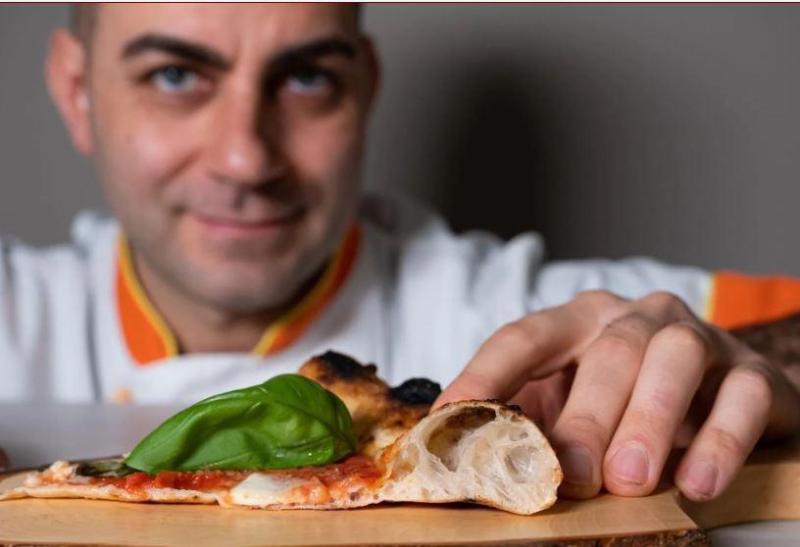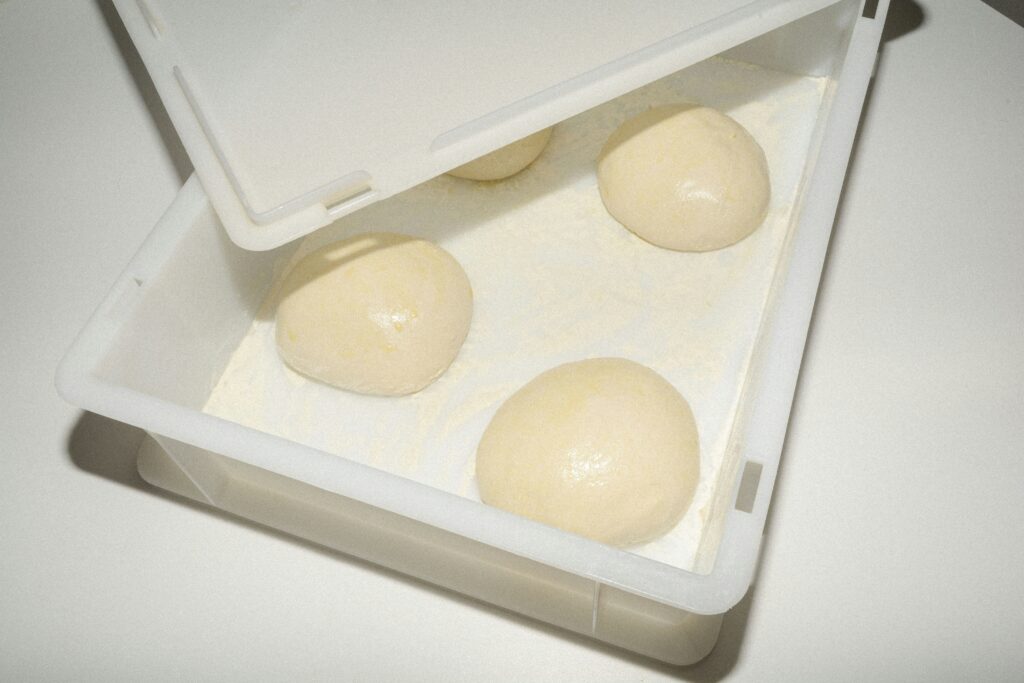
Where does knowledge pass through? How do we convey to customers useful information to distinguish a quality product from one that lacks or has little of it?
The world of pizza has now taken a path very similar to that of cuisine. In this sense, in fact, it would be much better to talk about haute cuisine and, why not, haute pizzeria. After all, there are many shared variables, starting with the value of the ingredients. In fact, they are combined together to form the dish, but above all, they are fundamental to the creation of a filling that can best harmonize with the dough chosen by the pizza maker to enhance that very mix of ingredients. Besides, when it comes to pizza, there is also the question of whether the dough should win, or the topping should prevail. In my opinion, the correct answer – and this is not so obvious – is that what leads a pizza to be really good is the perfect balance between the first and the second. However, the big question is identifying the way to provide the customer/consumer with useful criteria for determining a judgment that – by its very nature – can never be truly objective.

The topic is quite simple: try to propose an excellent Neapolitan pizza made with all the requirements of the best available regulations to an average user in northern Italy who is used to a classic pizza typically served, for example, in Friuli-Venezia Giulia, Veneto, and Lombardy. It will happen that what is meltiness would appear as excessive softness, and the crust – however perfectly made – would seem too excessive in size. On the contrary, try to propose to a Neapolitan customer a pizza made with the typical taste criteria of the northern Italy, and you will be surprised by how little they will appreciate the very ‘stretched’ dough, the low and often almost absent crust and a more or less evident – but always quite present – crunchiness, so much so that the pizza looks like a biscuit. Or at least, this is true when it comes to the average consumer’s traditional idea of pizza, because as much as they have spread across the country, contemporary pizzerias – which used to be known as gourmet – are clearly still outnumbered. And unfortunately, it must be said that the majority of pizzerias do not offer research that is really well done in terms of flours used, leavening, maturation and ingredients.

Of course, following the lead of chefs, even pizza makers now are taking over television screens with programs highlighting their skills. However, beyond drawing attention to a widely popular topic, this does not help to explore it further. Indeed, it risks creating that typical slogan syndrome that afflicts the customer, who perceives himself as a cultured person just because he has heard this or that thing on television. Let’s be clear, it could not necessarily be the wrong concept or information, but certainly it is subjected to oversimplification. Some examples? The idea that a stone-ground flour is necessarily better than one that is not. But who can really look deeper into what those words really mean? And why sourdough must necessarily seem like a nobler choice than brewer’s yeast? Then – and here we find ourselves far from conciliatory assumptions – who is not aware of the school of thought according to which the only possible baking method is strictly the wood-fired oven one? Except that, beyond the greater technical complexity involved in managing it, many great pizza makers have now turned to electricity with outstanding and even significantly better results in the vast majority of cases. Here then, customer information proves to be a thorny problem. In fact, while on the one hand television does not help, on the other hand trade magazines and guidebooks tend to target an already average self-selected audience, and often the content aims not so much at culture but at telling stories and establishing rankings. Then of course, when the reader chooses the medium that best suits both his or her needs and preferences, these rankings would certainly prove to be a useful tool for those who would like to start observing the consistency between higher or lower scoring and their own taste. If the outcome of this comparison proves to be satisfactory, a first result regarding a fairly good way to orient would already have been obtained. Nonetheless, after all, it is indisputable that experience is the first real criterion that helps the consumer (or at least the one willing and open to learning) to discriminate in terms of quality. That is why it is absolutely strategic the activity that the people running a pizzeria put in place, trying to spread some culture as well as to place a good pizza in the plate. This can be achieved perhaps through shorter menus, explaining without arrogance why, for example, it makes no sense to ask for variations on a pizza when it was designed to be filled in a certain way; or even, what really is the secret of a pizza that is perfectly digestible and does not make one spend the night thirsty, tossing and turning in bed. There is a lot to be done, but it can be done.



